After 17 years of facilitating grief and trauma recovery, I recently experienced something that led me to a completely new understanding of the importance of the work we do at TLC and the programs we have developed and refined. As well as being a trauma counselor, I am also the author of the TLC/STARR Adults in Trauma program. Along the way, I have become aware of my own grief and trauma experiences. Addressing them has been instrumental in my work as a witness to others’ experiences in a therapeutic setting. Little did I know that trauma was residing just below the surface of my awareness.
In December of 2017, I found myself in a particular pose at a yoga class that unexpectedly threw me back into the memories of a trauma about which I had only been vaguely aware. Suddenly, the power of hidden trauma became very real to me. You may be familiar with The Body Keeps the Score by Dr. Bessell van der Kolk. Well, my body had kept the score. The yoga pose released a visual image and the emotions associated, immediately and dramatically. Given her training and experience, the owner of this yoga studio was able to understand what was happening, reframe the experience in a manner I could understand, and helped return me to a relative sense of safety and control.
The best I can determine is the event that was triggered, and allowed to release, happened when I was about 7 years old. Since then, I have managed to gather a rather eclectic, unconventional team to help me address and move on from this childhood experience with which I am still in the process. At 68 years old with this experience finally revealed, I am energized to continue the flow of information regarding therapeutic practices that are available to adults who have experienced traumatic events in their childhood.
While children are the focus at TLC/STARR, there are many children of trauma who have grown up to become adults in trauma, not realizing that the traumatic events they experienced may still be present and active within their body. They are handling life well, mostly, until one day something triggers a strange and scary physical and/or emotional reaction seemingly out of context with current events. If they come to us seeking help, how do we assist them?
- Do we help understand and assure that basic needs have been met, if necessary?
- Do we endeavor to teach what trauma is, the effects, reactions, while normalizing it all?
- Do we seek to offer the possibility of some action to be taken by the person, regardless of how small, that can lead to a sense of safety and control?
- Do we focus on the many possibilities that could be at play and that may not fit neatly into a DSM V diagnosis?
- Can we share assessment results in a manner that bolsters safety and empowers?
While we may start with a few inquiries, our priority is creating a human connection through our gaze, our voice, our words, maybe our proximity, discovering that our humanness, our caring, and our witness is enough, initially.
When I first wrote Adults in Trauma, I had no clear notion of the true reason behind the writing – that my own experience was guiding me – or the potential effect on future generations. Through the research conducted by Dr. Rachal Yehuda in epigenetics, Dr. Bessel van der Kolk, Dr. Peter Levine, our colleague Dr. Caelan Soma, and many others, I began to understand differently that unaddressed traumatic childhood experiences can have a profound effect on future generations, not only behaviorally and emotionally, but in ways that the field of epigenetics is beginning to reveal. Our focus at TLC/STARR is to educate, support, teach, and assist children and adults in understanding and moving beyond the impact of traumatic events experienced and into a place of thriving. The hope in our work lies not only in mitigating the potential long-term effects of trauma, but also for future generations in ways we may have not imagined before.


